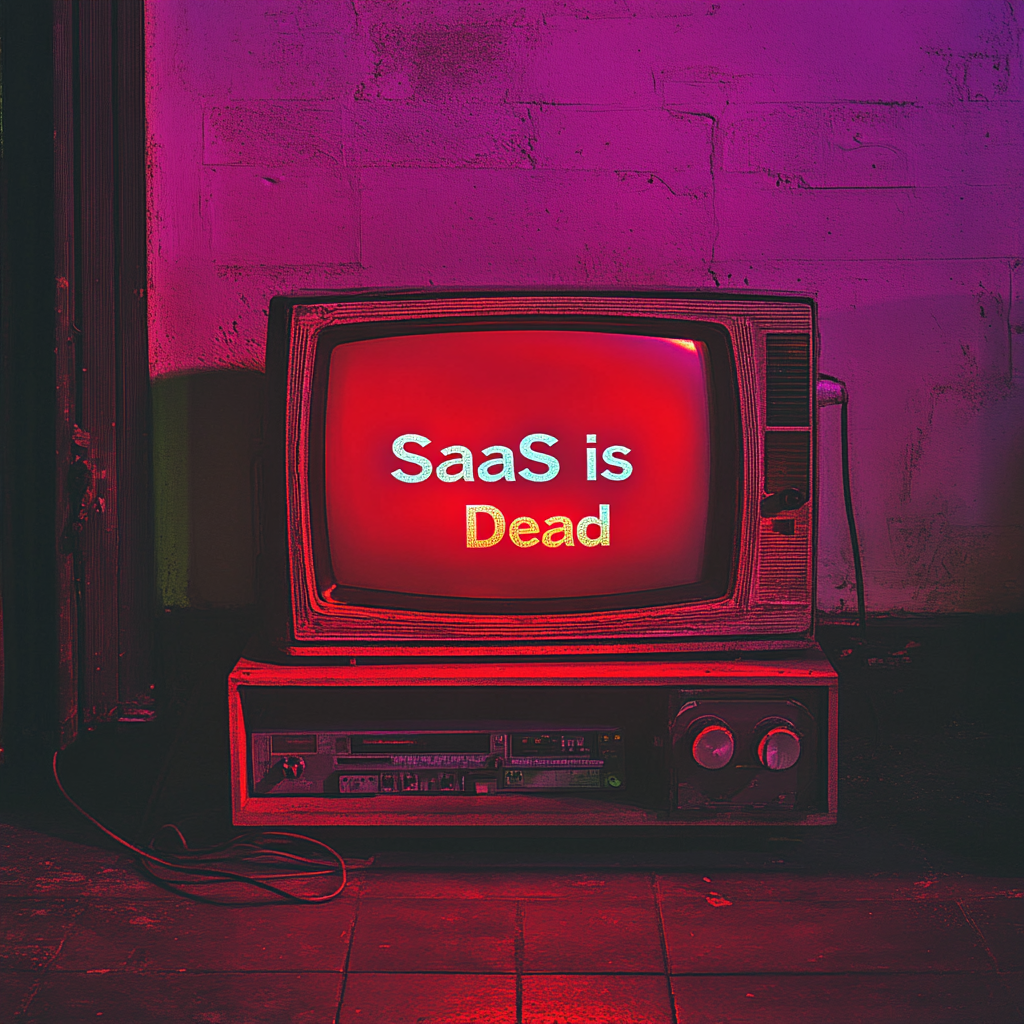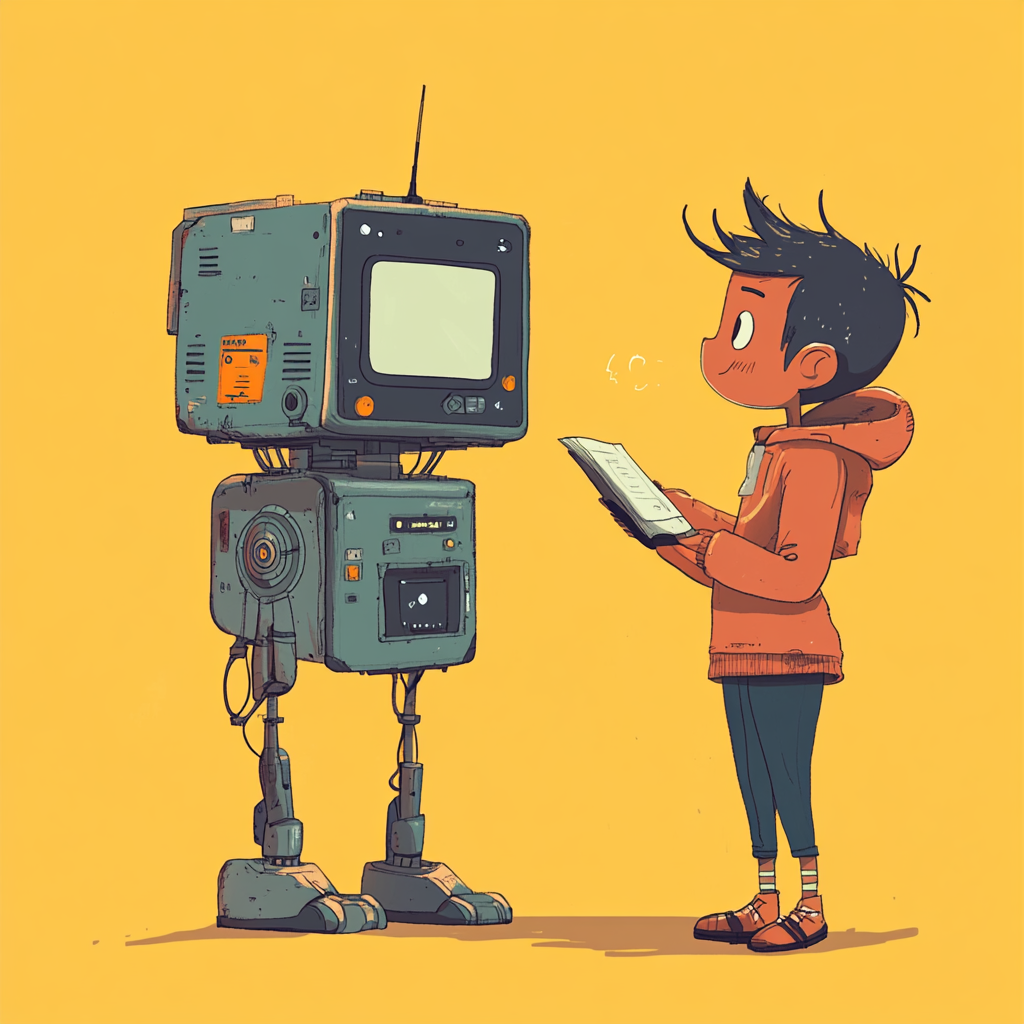Back in 2016, we at Madrona predicted that applications failing to leverage data and build “continuous learning systems” would become obsolete. We coined the term “Intelligent Applications” to describe AI-driven, data-powered apps that learn, adapt, and improve in real time.
Fast forward 8 years, and what was once a bold idea has become reality: traditional SaaS is giving way to intelligent applications. This shift is more than technology – it’s a fundamental transformation from deterministic systems to non-deterministic AI systems, from rigid interfaces to natural interactions, and from traditional SaaS business model to entirely new business models where software manifests as an AI employee – continuously learning and adapting to deliver value in ways we’re only beginning to imagine. Founders who don’t embrace this evolution risk falling behind in an era where AI is redefining every industry.
We strongly believe all applications will become intelligent applications. Applications won’t survive if they don’t take advantage of data and have an AI-driven continuous learning system.
The launch of ChatGPT in November 2022 marked a tipping point for intelligent applications. For the first time, we saw the true potential of applications. Today, the three most widely used intelligent applications – ChatGPT, Microsoft 365 Copilot, and GitHub Copilot – are revolutionizing industries. As of 2024, ChatGPT has grown to ~200 million weekly active users, making it one of the fastest-growing platforms of all time. It took Netflix 3.5 years to reach 1 million users, Airbnb 2.5 years, Dropbox 7 months, Spotify 5 months, and ChatGPT just 5 days. GitHub Copilot is also driving a transformative shift in how software is written, with Copilot reportedly writing 30% of new GitHub projects.
From Software as a Service (SaaS) to Service as Software
As intelligent applications reshape industries, we’re seeing a deeper transformation: software is no longer just a service – it’s becoming a dynamic tool that actively works for you. While we have yet to see the “Salesforce” of the SaaS era or “Uber” of the mobile era emerge for the AI platform, several startups like Glean, Harvey, Runway, Typeface, Sierra, Read AI, and Writer are paving the way.
Software is no longer a service; it’s the means to achieve a goal – whether that’s automating business processes, coding software, or generating creative content. Software as a Service is shifting to Service as Software. The key shift is from “Here are tools to do your work” to “Tell us what you need done, and we’ll do it for you.” It’s like the difference between being given a CRM tool to manage your customers (e.g., Salesforce, which we define as a SaaS tool) vs. being given an AI agent that manages your relationships, sends personalized follow-ups, and schedules the meetings. Glean, for example, is revolutionizing enterprise search with its Work AI platform, automating tasks like answering FAQs, filing IT tickets, and generating insights. Similarly, Harvey is transforming the legal industry by automating document creation and due diligence, delivering outcomes that free up time for high-value work.
The Fundamental Shift – New Capabilities and User Interfaces
Deterministic models, like traditional SaaS, always produce the same rigid output – imagine a scheduling tool suggesting the same 9 am slot to every employee regardless of time zone or a help desk sending identical responses to every ticket. In contrast, AI systems, or non-deterministic models, adapt based on context and user behavior. Imagine an AI scheduler that learns your meeting patterns or a support system that crafts responses based on previous interactions.
This shift from pre-programmed paths to goal-oriented, adaptable systems marks a fundamental change in what we know as SaaS. Instead of programming each action, companies can now define outcomes and guardrails and let AI determine the optimal solutions. Of course, there may still be some deterministic software used for very specific tasks.
A senior technology leader recently told us, “The first casualty of AI in enterprise is business apps.” To stay competitive, applications must do more than deliver features or tools – they must drive outcomes, adapt in real time, and anticipate user needs. The question isn’t whether to embed AI but how to leverage it for continuous learning and automation. Those who don’t embrace this shift risk becoming obsolete in an increasingly intelligent software landscape.
We also believe the user interface itself is being reimagined. Instead of navigating complex menus and workflows, the future UI will be conversational. Imagine telling your AI employee, “Process my lunch receipt from yesterday and categorize it as XYZ client meeting,” and it happens seamlessly in the background. This shift from “showing users how to do something” to “letting users say what they want done” represents a profound change in software design.
Why Now & Market Validation
So, why now? The ingredients for this transformation – data, AI/ML, and cloud infrastructure – are finally in place. In the seven years since the release of the transformer architecture in “Attention is All You Need,” AI models have become significantly more powerful, accessible, and affordable. Hardware advancements, particularly NVIDIA’s A100 GPUs, have provided a 20x processing boost, while techniques like model quantization and knowledge distillation have reduced computational demands without sacrificing performance.
Meanwhile, cloud-hosted APIs from major AI providers have made these cutting-edge models more accessible, while the cost of running models like GPT-4 has dropped by nearly 90% in just the last 18 months. This convergence is democratizing AI, making it feasible for startups of all sizes to integrate these powerful tools into their products.
Market signals are also clear. SaaS companies that led the 2010s are seeing compressed valuations as their traditional business models come under pressure. While the top 10 SaaS companies traded at up to 58x EV/NTM revenue at their peak, today, the top 10 SaaS companies have dropped to about 15x, and overall SaaS multiples have come down from 16x at the November 2021 peak to 5x today, a sign that investors are looking to new, AI-driven business models. In contrast, companies like Nvidia which have been aligning with AI infrastructure demand, have experienced explosive growth, increasing its market cap from $400B to over $3T in the same time frame. OpenAI’s recent $157B valuation also shows how much investor attention AI companies are commanding.
Challenges, Future Outlook, and the Path Ahead
AI has already made significant strides in intelligence (IQ) and is starting to make progress in emotional intelligence (EQ), and it’s this blend that powers meaningful actions. However, translating intelligence and empathy into clearly defined, actionable outcomes isn’t always straightforward. In areas where tasks are well-defined, Service as Software models will thrive. But for more complex, nuanced scenarios, the industry still has challenges to overcome as we refine how AI delivers its full potential and how to effectively capture that value.
This shift won’t happen overnight. New business models, such as outcome-based pricing, consumption-based pricing, or Service as Software, may become standard, but widespread adoption will take time. From a business model perspective, how you charge is becoming more important than what you charge. And, of course, challenges remain. Security, privacy, and data integrity hurdles still need to be addressed, and strong guardrails must be put in place to ensure a safe and compliant future.
At Madrona, we’ve had the privilege of working with some of the most innovative SaaS companies of our generation. But now, we are looking toward the next generation of technology. AI is only at the beginning of its revolution, and we’re excited to continue investing in this new wave of innovation. If you are building an interesting, intelligent application, we’d love to hear from you – you can contact us at [email protected] or [email protected].
Note: For the top image, we uploaded our final blog post to Claude and asked it to provide a prompt to Midjourney that we could use as an illustration for our post. The suggested prompt was: A minimalist scene where traditional computer interfaces (screens, keyboards) are dissolving into gentle waves of light and constellation-like patterns, suggesting conversation and natural interaction, corporate aesthetic, subtle blues, and whites.


